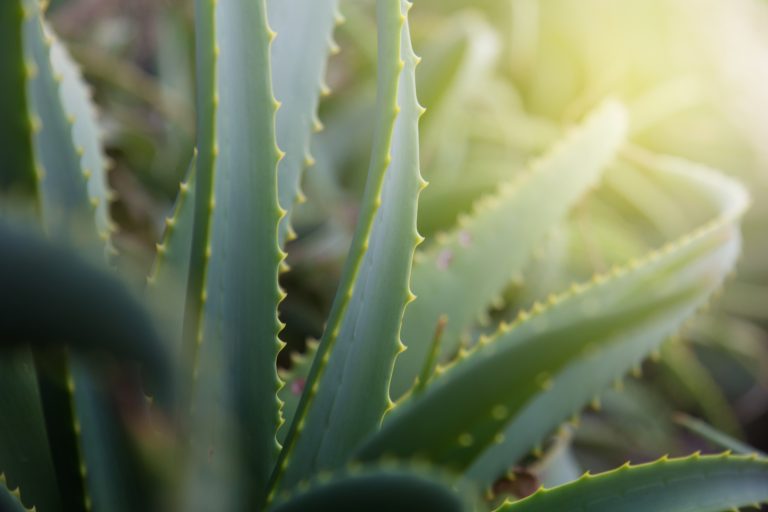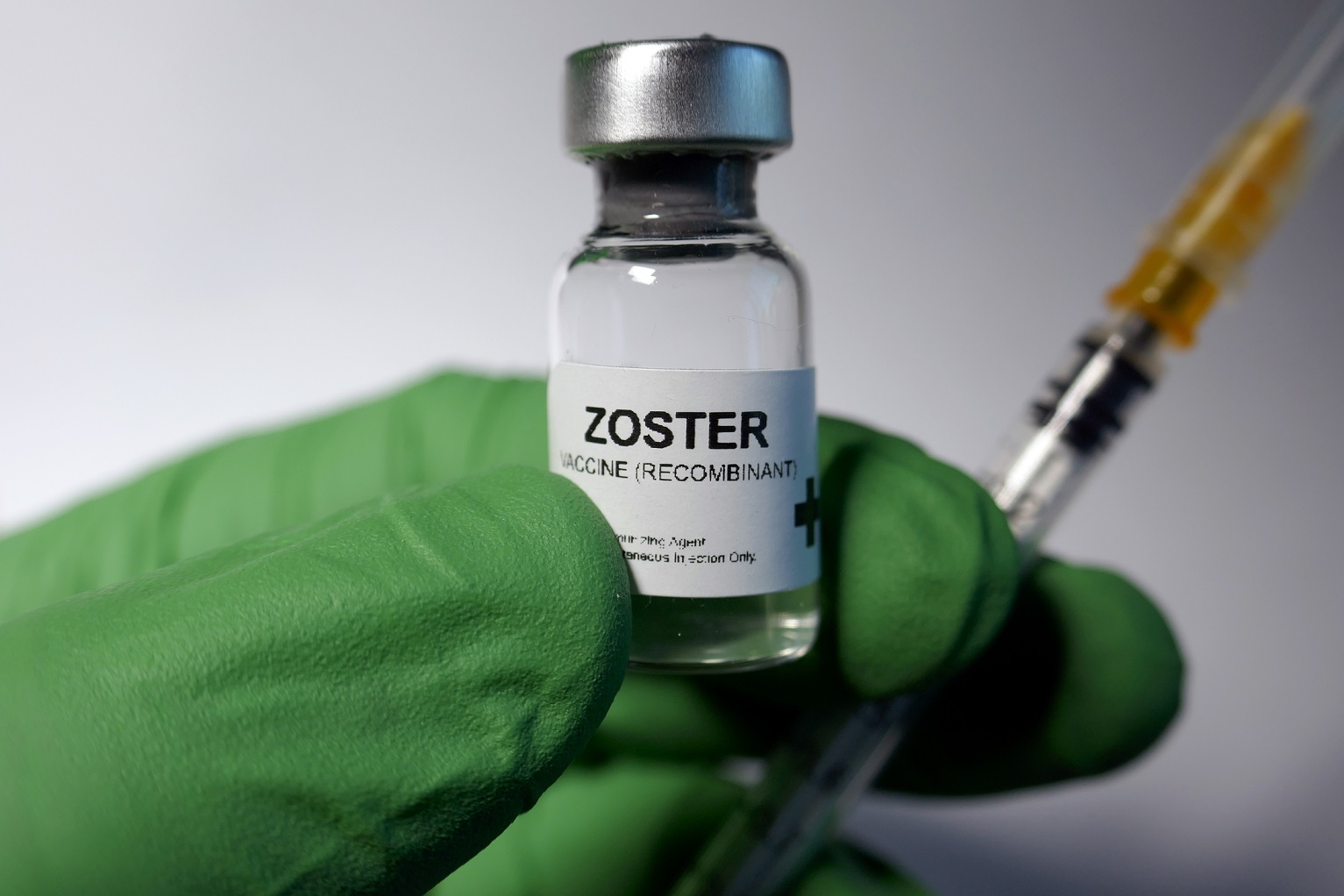Story Highlights
- In 1968, scientist Bill Wolverton discovered that swamp plants were eliminating toxic Agent Orange from local contaminated water.
- His subsequent research for NASA remains the gold standard for using plants to remove toxins, such as benzene, formaldehyde and ammonia from closed indoor spaces.
- Some of the most potent plants identified for purifying indoor air include succulents like jade and aloe vera, ferns, chrysanthemum and peace lilies, among others.
In 1968, environmental scientist Bill Wolverton worked with the U.S. military to clean up government biological testing centers and found that swamp plants were eliminating the defoliant chemical Agent Orange, which had polluted the local waters near Eglin Air Force Base in Florida. Subsequently, NASA provided funding for Wolverton to study the ability of plants to provide a “self-cleaning” function for the environment, partly to evaluate their possible use as part of “sustainable living environments for long-term habitation of space.”1
Wolverton’s ideas were put to the test in 1973, when NASA scientists identified 107 volatile organic compounds (VOCs) in the air inside the Skylab space station.2 The synthetic materials used to construct Skylab are known to emit low levels of chemicals, a process referred to as off-gassing, which are then trapped by the closed system. A similar effect occurs in today’s energy-efficiency buildings, which, like the space station, tend to be built from synthetic materials and are designed to be airtight. The term “Sick Building Syndrome” refers to illness caused by concentrated exposure to toxic VOCs such as formaldehyde, benzene, and trichloroethylene that may occur in a sealed building.
One of the experiments used to study the concept that plants could be used to clean the air in a closed system was NASA’s BioHome, an airtight construction designed for single-person living. When the BioHome was first built, anyone entering the space could feel the effects of the VOCs, including burning eyes and breathing problems, both of which are also those suffering from Sick Building Syndrome. The issues disappeared with the addition of houseplants.
Wolverton’s work with NASA also included a series of studies to meticulously measure the impact of different types of plants on concentration of specific VOCs in a closed environment.3 4 In a 1989 report, he concluded that not only did the plants studied remove toxins from the air but also the root system played at least as important a role as the foliage. Among the plants studied were many common houseplants including bamboo palm, English ivy, gerbera daisy, mother-in-law’s tongue, chrysanthemum, peace lily, spider plant, ficus and various types of dracaena and philodendron.
Although many experts—and non-experts alike—have weighed in on the concept of purifying indoor air using plants, not all of them agree on the detoxifying benefits for the everyday home. According to Luz Claudio, professor of environmental medicine and public health at the Icahn School of Medicine at Mount Sinai, “There are no definitive studies to show that having indoor plants can significantly increase the air quality in the home to improve health in a measurable way.”5
Stanley Kays, professor emeritus of horticulture at the University of Georgia, agrees with Claudio, primarily because homes, stores and offices are not generally airtight, closed environments. Kays says that, while there are undoubtedly benefits to be gained from living with plants, including stress reduction, “at this time, it doesn’t look like plants sitting passively in a house are effective enough to make a major contribution to purifying indoor air.”6
Most opinions, however, support the wisdom of adding houseplants to our indoor spaces. Culling from a number of resources,7 8 9 common houseplants top most lists of potential plant partners for detoxifying today’s indoors.
- Aloe vera (easy to grow, releases oxygen at night as well as removing pollutants like benzene and formaldehyde)
- Bromeliads (good for removing benzene emitted from glues, furniture wax, detergent and paint)
- Chrysanthemum (NASA’s “air-purifying champion” for removing ammonia, benzene, formaldehyde, and xylene)
- Dracaena plants (particularly useful for absorbing acetone)
- Ferns/Boston fern (a little finicky indoors, with care the plants help increase indoor humidity levels and remove formaldehyde)
- Ficus/weeping fig (removes odors and toxicities)
- Ivy/English ivy (good for removing airborne mold and toxic byproducts of cigarette smoke)
- Jade plants (helpful for removing toxins from gasoline, paint, kerosene and lacquers)
- Mother-in-law’s tongue (removes benzene and formaldehyde, increases oxygen levels)
- Palm/ bamboo palm (especially effective for outgassing of chemicals such as formaldehyde
- Peace lilies (good for increasing humidity, mediating EMFs, and absorbing mold spores)
- Philodendron, money plants (easy to grow but potentially poisonous to household pets)
- Spider plants (easy to grow, good for removing formaldehyde as well as carbon monoxide and toxins from plastics)
In Wolverton’s words, “If man is to move into closed environments, on Earth or in space, he must take along nature’s life support system.”10 That means plants.
References:
1 Plants Clean Air and Water for Indoor Environments. Originating Technology/NASA Contribution September 2007.
2 Ibid.
3 Wolverton et al. Interior Landscape Plants For Indoor Air Pollution Abatement. Final Report to NASA Sept. 15, 1989.
4 Wolverton et al. Study of Interior Landscape Plants for Indoor Air Pollution Abatement. Report to NASA July 1, 1989.
5 Heid M. You Asked: Can Indoor Plants Really Purify the Air? TIME Jan. 17, 2018.
6 Ibid.
7 Mercola J. 12 Healthy Houseplants That Improve Your Indoor Air Quality. Mercola.com Sept. 17, 2016.
8 Hunt K. Top 10 Houseplants That Fight Indoor Air Pollution, Toxins. Hartford Healthcare Nov. 7, 2017.
9 Janowiak M. 9 Air-Cleaning Houseplants That Are Almost Impossible to Kill. Greatist 2018.
10 See Footnote 2.













6 Responses
Pinterest is blocking me from pinning any of your posts. It’s saying it’s being blocked because it is being identified as spam. :/
Correction,it’s not being flagged by pinterest as spam, it’s being blocked for “inappropriate” content. 🙁
I wanted to add this article to my Pinterest, but I refused to save it. I am very disappointed in Pinterest, blocking ALL your articles, even the ones not related to vaccines ! Where is our free speech ?
Pinterest is censoring anything it considers “anti-vaccine” http://healthimpactnews.com/2017/pinterest-censoring-anti-vaccine-doctors-and-pins-related-to-vaccine-rights/
I deleted my pinterest because of it.
Thank you for sharing this fantastic information about plants!
Fascinating, what a fun article. I like spider plants and have had them my whole life. If you have them off a ceiling hanger by a window, they somehow are able to pollinate yearly and we always have little babies on stems. They go into little cups and then potted into a regular pot, then gifted to people who come over. Everyone loves a free house plant, aside from cash it is perhaps the most widely accepted and appreciated gift possible, and is always appreciated regardless of the time of year. I’m going to get another hanging one for us, lately we only have one but used to have many. Been giving too many away! Ha! We like spider plants because they’re resilient to the abuse non botanical people may give them. When you repot them you find little water bulbs through the roots which is why they’re often the only plant which can survive infrequent watering from inattentive plant owners. And they can survive and be healthy during long periods of not having fresh soil, like decades, if you simply put used tea and coffee grounds on top of the soil now and then. I repotted one ten years later and there was still a little family of earthworms in there.